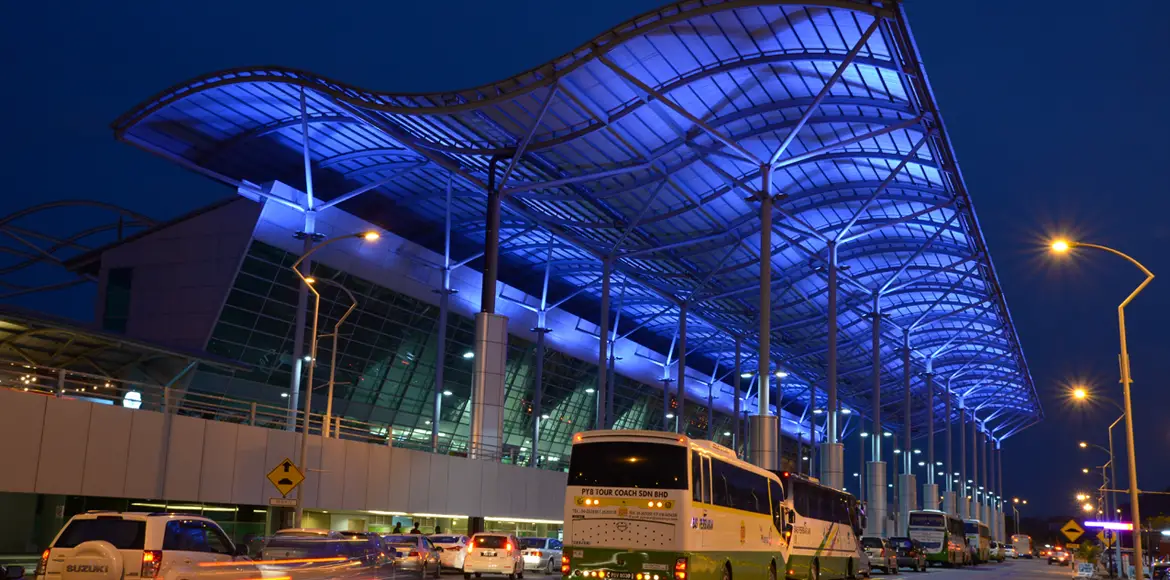The Malaysian government has given the green light for RM93 million allocation, to support the Penang International Airport (PIA) expansion. This development, confirmed by Transport Minister Anthony Loke, encompasses land acquisition and infrastructure enhancement. Within the 12th Malaysia Plan (12MP), Rolling Plan 3 (RP3) earmarks this allocation for land acquisition, encompassing compensations, government quarters replacement, and infrastructure development.
Loke revealed that Malaysia Airport Holdings Bhd (MAHB) assesses the PIA expansion project’s capital and funding. He stated, “MAHB will establish project cost, secure funding, and present it to the government.”
Also Read: Adelaide Aquatic Centre $135 Million Project Approved
Penang International Airport’s RM93 Million Expansion Plan
The Penang Airport expansion is slated to start in September 2024, with an anticipated 48-month completion timeline. The primary goal of this expansion is to increase the airport’s annual passenger handling capacity from 6.5 million to 12 million passengers. Prime Minister Datuk Seri Anwar Ibrahim unveiled plans to upgrade Penang and Subang airports in February. With the aim to attract more investments and tourists, Anwar Ibrahim emphasized that MAHB’s oversight of these airport expansions would boost economic growth at a lower cost than a new RM7 billion airport in Kulim, Kedah.
Elaborating on airport development, Transport Minister Loke revealed MAHB’s long-term plan to expand Kota Kinabalu International Airport (KKIA). This project is part of RP5 within the 12MP. Furthermore, the Ministry of Economy is actively considering the Tawau Airport upgrading project, included in RP4 of the 12MP. The project targets raising the terminal capacity from 1.5 million to 2.5 million passengers annually to meet travellers’ needs effectively.
In contrast, there are no immediate plans to upgrade the Sandakan Airport due to its existing capacity and recent improvements. Loke stated that Sandakan Airport, designed for an annual capacity of 1.4 million, aligns with MAHB’s projections and will suffice past 2027.
In conclusion, prioritizing airport expansion over building in Kulim, Kedah underscores cost-effective growth. With these concerted efforts, Malaysia is set to fortify its position on the global stage. It is fostering economic prosperity and welcoming more travellers to experience the nation’s unique charm. The Malaysian aviation future holds promise, and Penang Airport expansion affirms the commitment to these goals.

